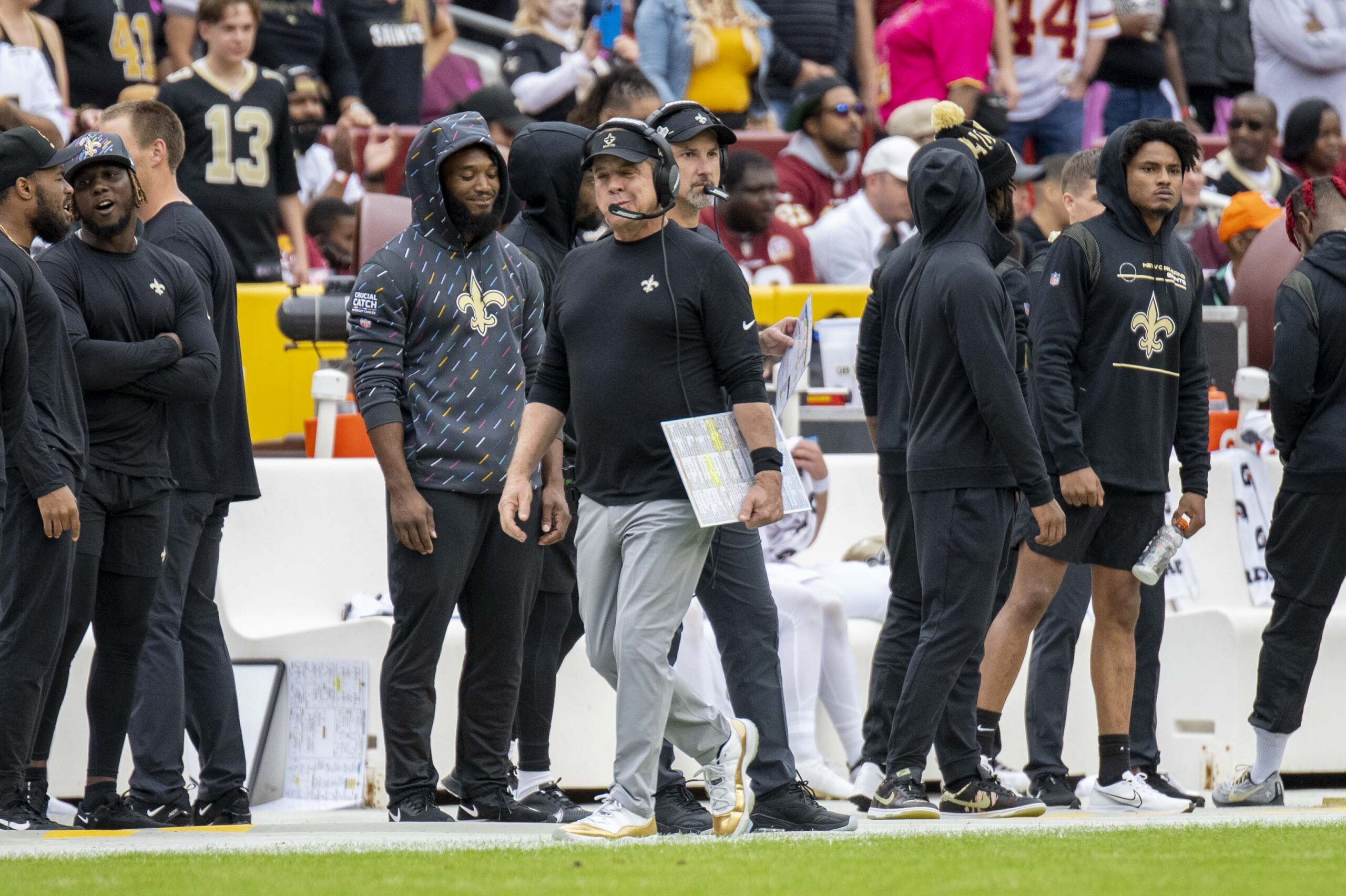Over the years, countless concert venues have shaped music history, hosting legendary performances and becoming cultural landmarks in their own right. However, not all of these iconic spaces have stood the test of time. From financial struggles to urban redevelopment, many once-thriving venues have fallen out of use, leaving behind rich legacies and countless memories. This list explores 12 of the most iconic concert venues that are no longer active, highlighting their significance, the artists who graced their stages, and the reasons for their decline. While the music may have stopped, their stories continue to resonate with fans and musicians alike.
CBGB (New York City, USA)
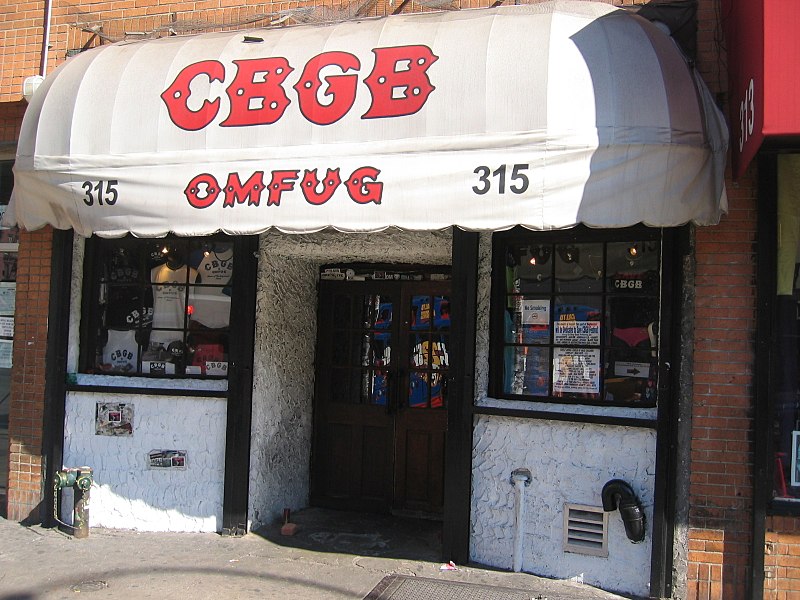
CBGB, the birthplace of punk rock, stood in Manhattan’s Bowery neighborhood from 1973 to 2006. Bands like the Ramones, Talking Heads, and Blondie shaped their careers here. Its gritty, graffiti-covered walls were as famous as the music that reverberated within them. Despite its cultural significance, CBGB closed due to skyrocketing rent and disputes with landlords. After its closure, the space transformed into a high-end fashion store, leaving fans mourning the loss of a punk icon. Many of its interior fixtures, like the infamous bathrooms, were preserved in museums. CBGB’s spirit lives on through countless artists who cite it as their launching pad.
The Astoria (London, UK)
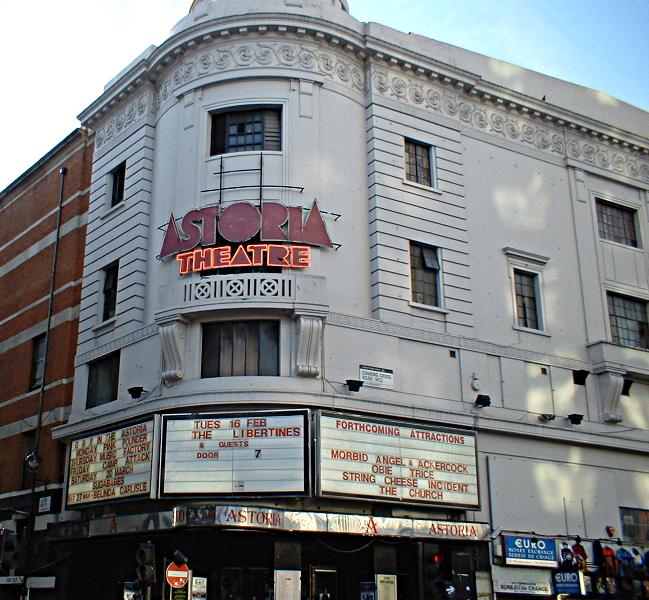
Located in the heart of London, The Astoria was a beacon for alternative music from the 1970s until its closure in 2009. It hosted early performances from bands like Radiohead, Nirvana, and Oasis. The venue was demolished to make way for a railway project, much to the dismay of music fans worldwide. Its charm lay in its unassuming exterior and vibrant interior, which created a unique concert experience. The Astoria’s loss symbolized the growing difficulty of maintaining mid-sized music venues in urban areas. While some of its artifacts were auctioned, the building’s cultural significance remains irreplaceable. To many, it represented the golden age of British indie rock.
The Cavern Club (Liverpool, UK)
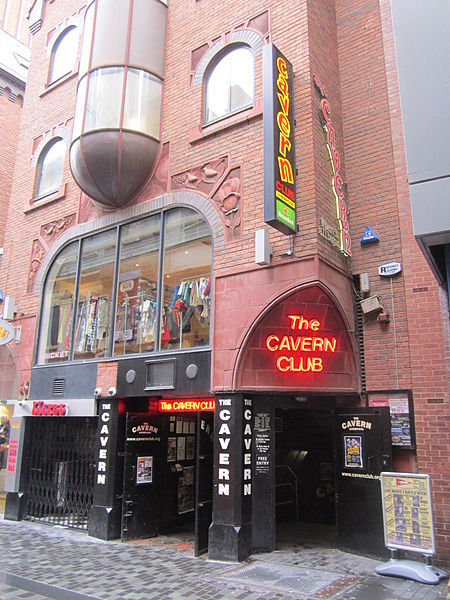
Though technically rebuilt, the original Cavern Club where The Beatles rose to fame ceased operations in 1973. The venue, located underground, was a sweaty, vibrant space that captured the energy of 1960s Liverpool. Structural issues led to its demolition, though a replica was constructed a short distance away. The original Cavern played host to over 300 Beatles performances and became synonymous with the Merseybeat movement. Today, only a plaque marks its original location, leaving fans longing for its historic ambiance. The new Cavern Club lacks the authenticity of its predecessor, despite its efforts to replicate the original. It remains a symbol of rock and roll history, albeit in a different form.
The Hacienda (Manchester, UK)
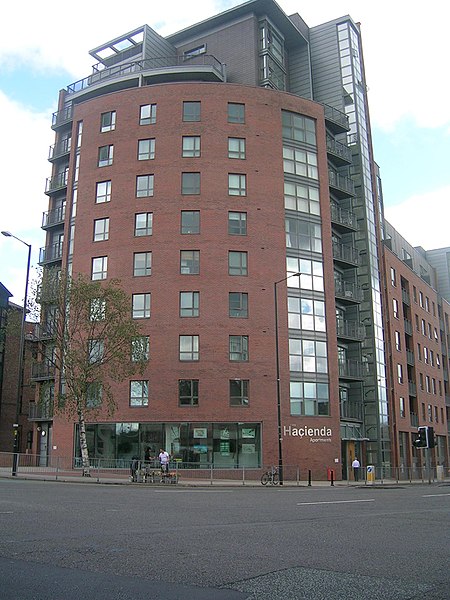
Opened in 1982, The Hacienda was the epicenter of Manchester’s acid house and rave scene. Bands like New Order and The Stone Roses performed here, alongside groundbreaking DJs. Financial mismanagement and gang violence plagued the venue, forcing its closure in 1997. It was later demolished and replaced by luxury apartments, erasing its physical presence. Despite this, The Hacienda remains a symbol of the “Madchester” movement and electronic music’s rise. Its name lives on in events and merchandise celebrating its influence. To fans, it will always be more than a building—it’s a cultural revolution.
Winterland Ballroom (San Francisco, USA)
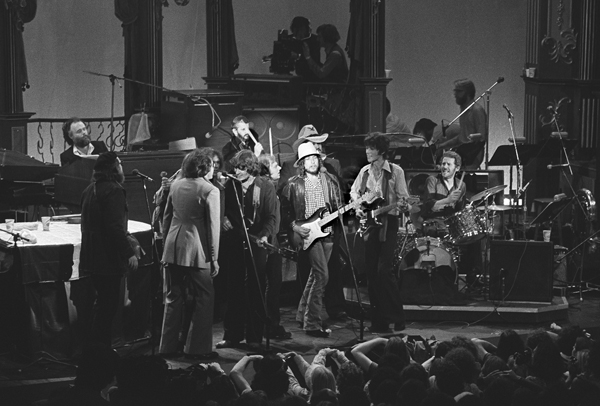
The Winterland Ballroom opened in 1928 and became a legendary concert venue in the 1960s and 70s. Bands like the Grateful Dead and Led Zeppelin delivered unforgettable performances here. Its most iconic moment was The Band’s farewell concert, “The Last Waltz,” in 1976. Despite its historical importance, Winterland closed in 1978 and was later demolished for residential development. Fans recall its unique blend of elegance and raw energy that defined the San Francisco music scene. Though its walls are gone, recordings and films keep its memory alive. Winterland was a testament to the city’s dynamic cultural history.
The Roxy Theatre (Los Angeles, USA)
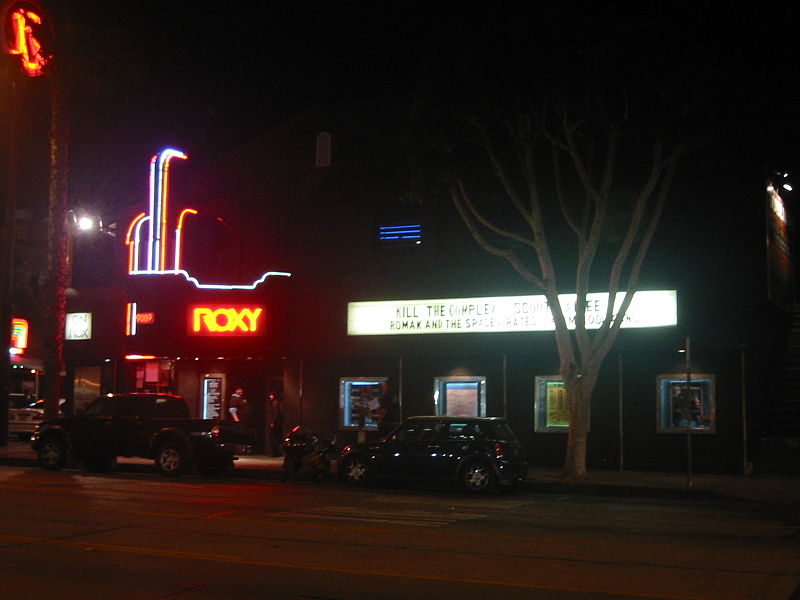
The Roxy Theatre, opened in 1973, was a key player in Los Angeles’ music scene. It hosted iconic performances from Bruce Springsteen, Prince, and Guns N’ Roses. The venue struggled to compete with larger concert spaces in the 2000s, leading to its decline. Its intimate setting, where fans felt close to the performers, was unmatched. Financial issues and changing audience preferences contributed to its downfall. Though the building remains, it no longer serves as a hub for live music. The Roxy’s legacy lives on in the memories of those who witnessed legendary performances there.
The Spectrum (Philadelphia, USA)
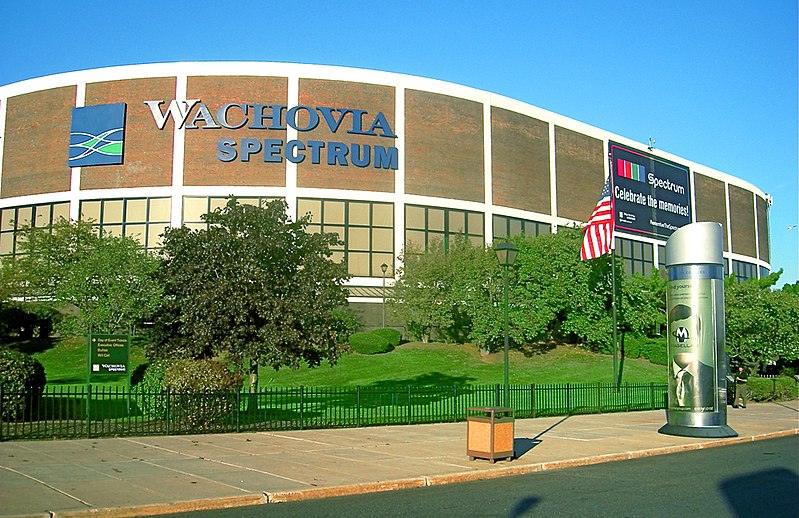
Opened in 1967, The Spectrum was home to unforgettable performances by Led Zeppelin, Bruce Springsteen, and U2. The arena’s intimate yet grand design made it a favorite for both artists and fans. Economic pressures and the construction of a larger, modern venue nearby led to its demolition in 2010. The Spectrum’s legacy is preserved in live recordings and the memories of countless fans. It was more than just a venue—it was a cultural cornerstone for Philadelphia. Although replaced by new structures, its name is etched in music history. Its demolition marked the end of an era.
The Ambassador Theatre (St. Louis, USA)
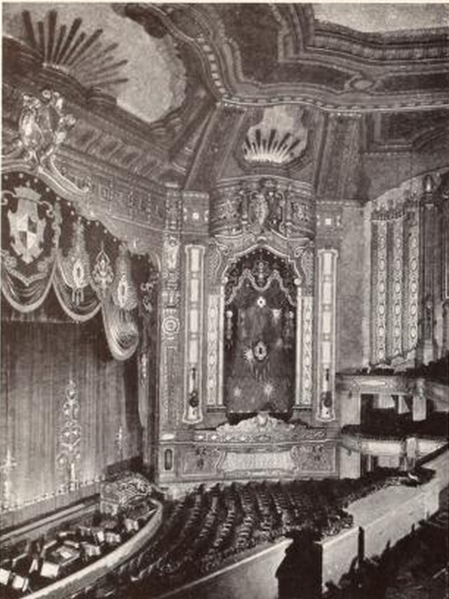
The Ambassador Theatre, opened in 1926, was a premier destination for jazz and blues in its early years. In the 1960s, it transitioned to hosting rock concerts, attracting artists like Janis Joplin and Jimi Hendrix. Declining ticket sales and urban decay led to its closure in 1980, and the building was demolished in 1996. The Ambassador’s ornate architecture and storied history made it a unique venue. Efforts to preserve its legacy failed, but its influence on St. Louis’ music scene remains undeniable. Today, locals recall its grandeur and cultural impact. It was a jewel of its time.
Grosvenor House Ballroom (London, UK)
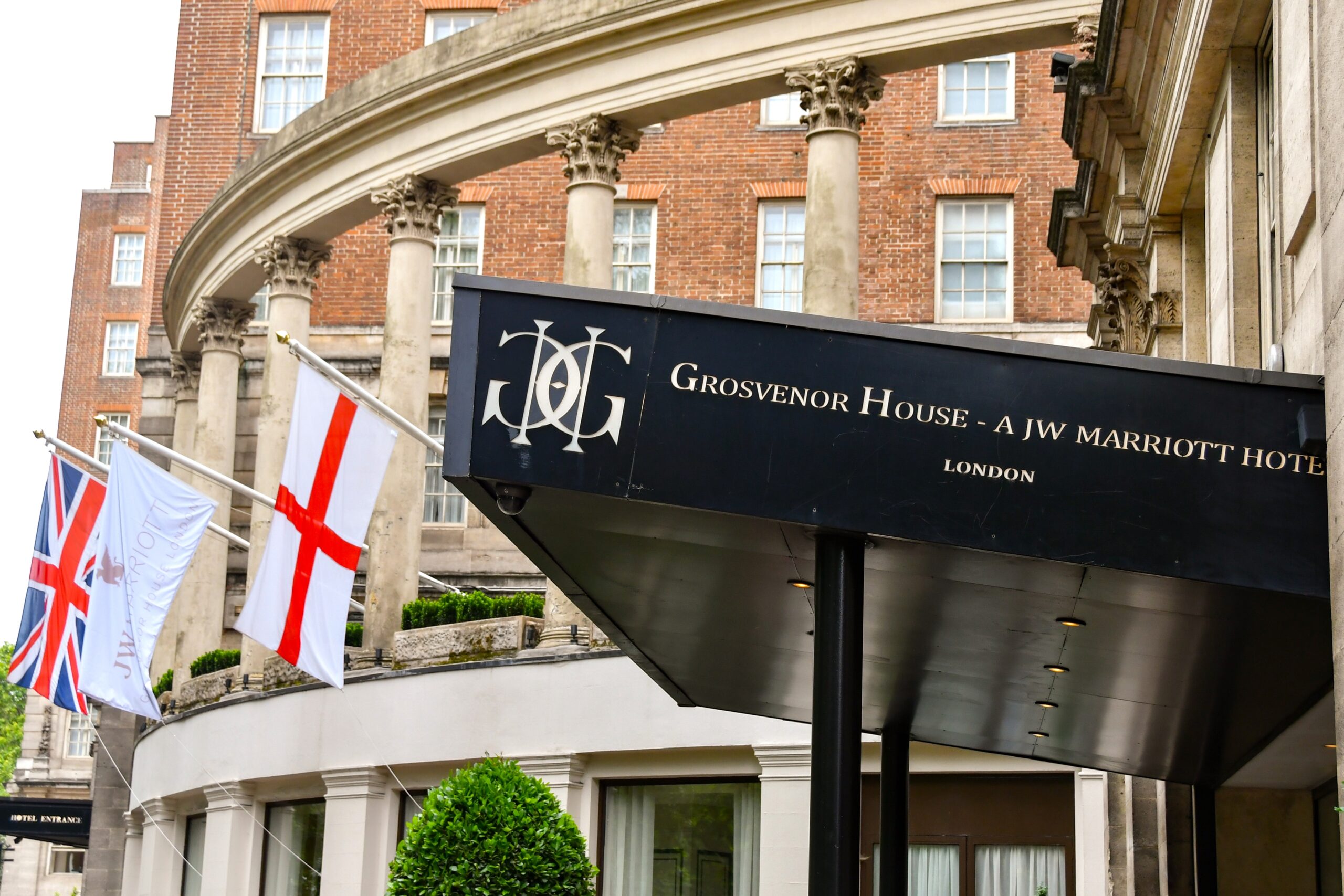
The Grosvenor House Ballroom, once the heart of London’s jazz scene, saw performances by legends like Duke Ellington and Ella Fitzgerald. Its post-war heyday faded as tastes shifted and other venues rose to prominence. By the 1990s, it was primarily used for corporate events, leaving its musical past behind. The ballroom’s Art Deco design and acoustics were celebrated during its peak. Fans mourn the loss of a space that once defined London’s nightlife. While the building remains, its original purpose has been forgotten. It represents an era of elegance and musical sophistication now lost.
Roseland Ballroom (New York City, USA)
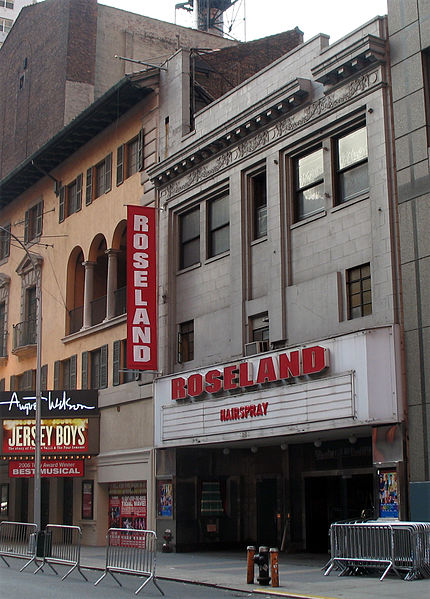
Roseland Ballroom operated from 1919 to 2014, evolving from a dance hall to a major concert venue. It hosted artists ranging from Frank Sinatra to Beyoncé. Rising real estate costs and urban redevelopment forced its closure. Fans remember its blend of grandeur and intimacy that few venues could match. The building was replaced with luxury condominiums, erasing its cultural footprint. Roseland’s history as a multi-genre venue remains significant. Its closure marked the end of nearly a century of New York music history.
The Trocadero Theatre (Philadelphia, USA)
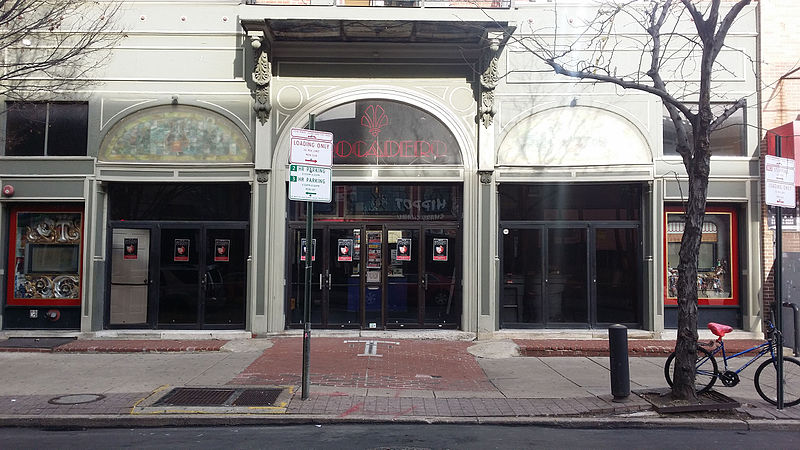
The Trocadero Theatre, originally a vaudeville house, became a rock and punk venue in the 1980s. Acts like Nine Inch Nails and Green Day performed on its historic stage. Declining ticket sales and maintenance costs led to its closure in 2019. Its ornate, vintage design made it a standout among modern venues. Efforts to revive it have been ongoing but uncertain. Fans remember it as a gritty, authentic space for alternative music. Its absence is deeply felt in Philadelphia’s music scene.
Club 47 (Cambridge, USA)
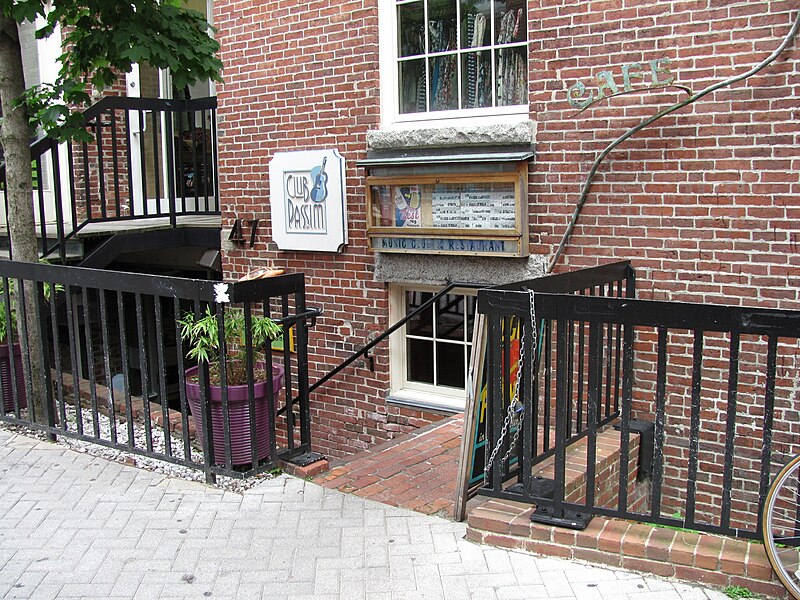
Club 47, later renamed Passim, was the epicenter of the American folk revival in the 1960s. Artists like Joan Baez and Bob Dylan graced its stage. The original venue closed in 1968 due to financial troubles but was revived under a new name. Though still active, it never recaptured the same cultural significance. Club 47 was a breeding ground for socially conscious music. Fans still visit the location to honor its legacy. It remains a cherished chapter in folk music history.
This article originally appeared on Rarest.org.
More From Rarest.Org
In the NFL, experience often proves invaluable, and some coaches exemplify this to the fullest. These coaches bring decades of knowledge, skill, and grit to the sidelines. Their lengthy careers showcase dedication and a profound understanding of the game. Read more.
Some rare books have vanished throughout history, leaving only whispers of their secrets. These lost texts hold mysteries about ancient knowledge, cultures, and beliefs that remain just out of reach. Read more.
Volcanic regions hold some of the planet’s most extreme environments, yet life has found a way to thrive even in these harsh conditions. These creatures have adapted to intense heat, crushing pressures, and toxic chemicals that pour from underwater vents and volcanic areas. Read more.

